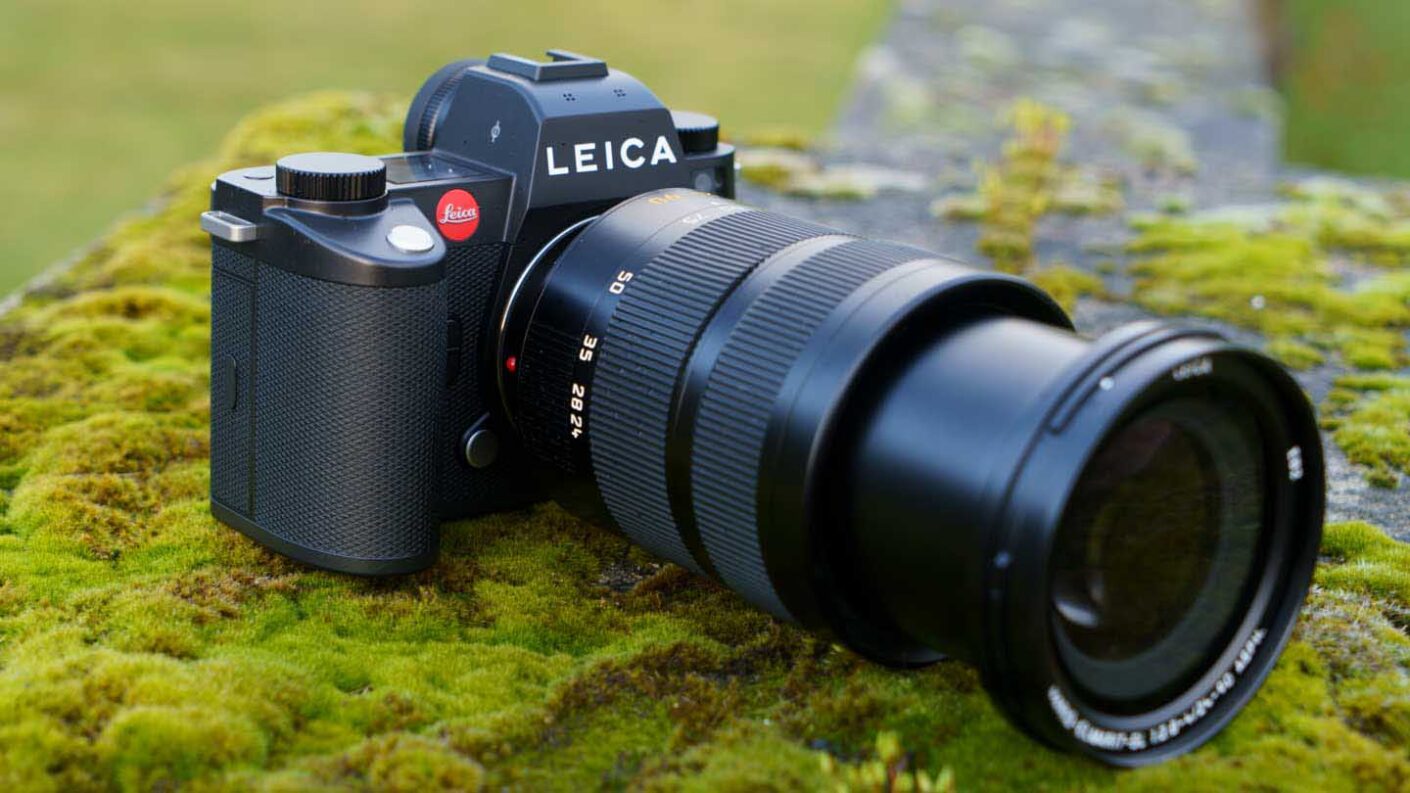The Leica SL3 is a full-frame mirrorless camera with the L-Mount. It’s aimed at professional photographers and features the same 60.3MP full-frame backside-illuminated (BSI) CMOS sensor as is seen in the Leica M11 and Q3. Typically, Leica, the SL3 has an all-metal chassis with leather detailing, and it comes with a weatherproof rating of IP54.
Our Verdict
The Leica SL3 is a robust camera with an intuitive control arrangement and impressive weather-proofing. It’s a pleasure to hold and use, but its autofocus isn’t quite up to the best – yet. That could change with a firmware update that updates the beta samples to full-production models. Watch this space.
What is the Leica SL3?
Specification
- Sensor: 60.3MP full-frame BSI CMOS
- Processor: Maestro IV
- Viewfinder: 5.76-million-dot OLED
- Screen: 3,2-inch 2,332,800-dot tilting touchscreen
- Stabilisation: 5-axis in-body to 5 stops
- Autofocus system: Hybrid (contrast and phase detection) with subject detection for Eye/face/Body, Animals (Beta)
- ISO range: 50-100,000
- Weather-sealed: IP54
- Max video resolution: CINE-8K (8192×4320)
- Screen : 3-inch TFT LCD display
- Memory: SD/SDHC/SDXC UHS-II and CFExpress Type B
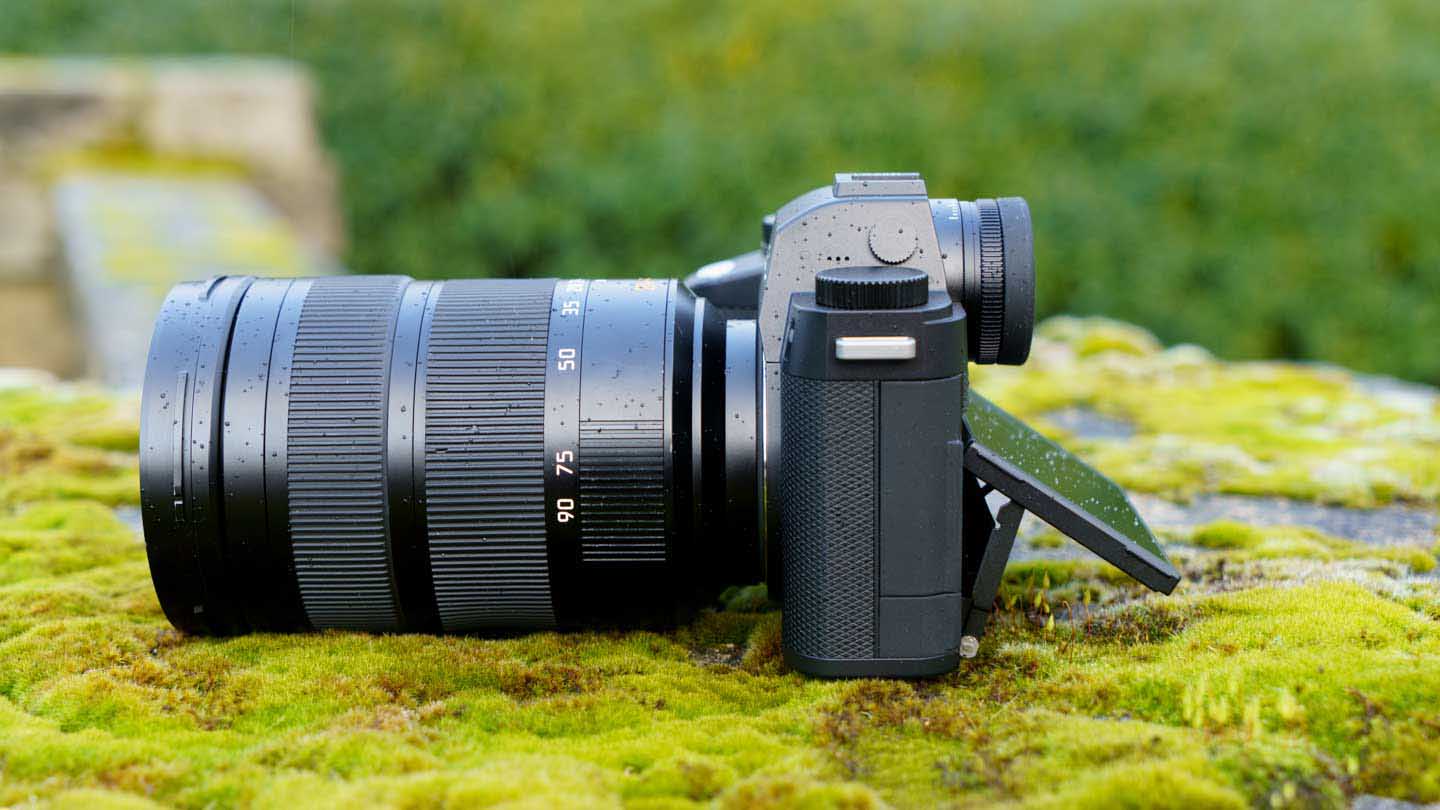
Features
As it features the same 60MP sensor as the Leica M11, it’s no surprise to find that teh SL3 can also shoot lower resolution (36MP or 18MP) raw files with the same full-frame coverage.
The SL3’s hybrid autofocus system combines phase detection and contrast detection with intelligent subject detection that can recognise, eyes faces or bodies. There’s also a beta version of Animal Detection.
The 5.76-million-dot EyeRes OLED viewfinder is joined by a 3.2-inch touchscreen that can be tilted up or down for easier viewing from above or below head height when shooting in landscape orientation.
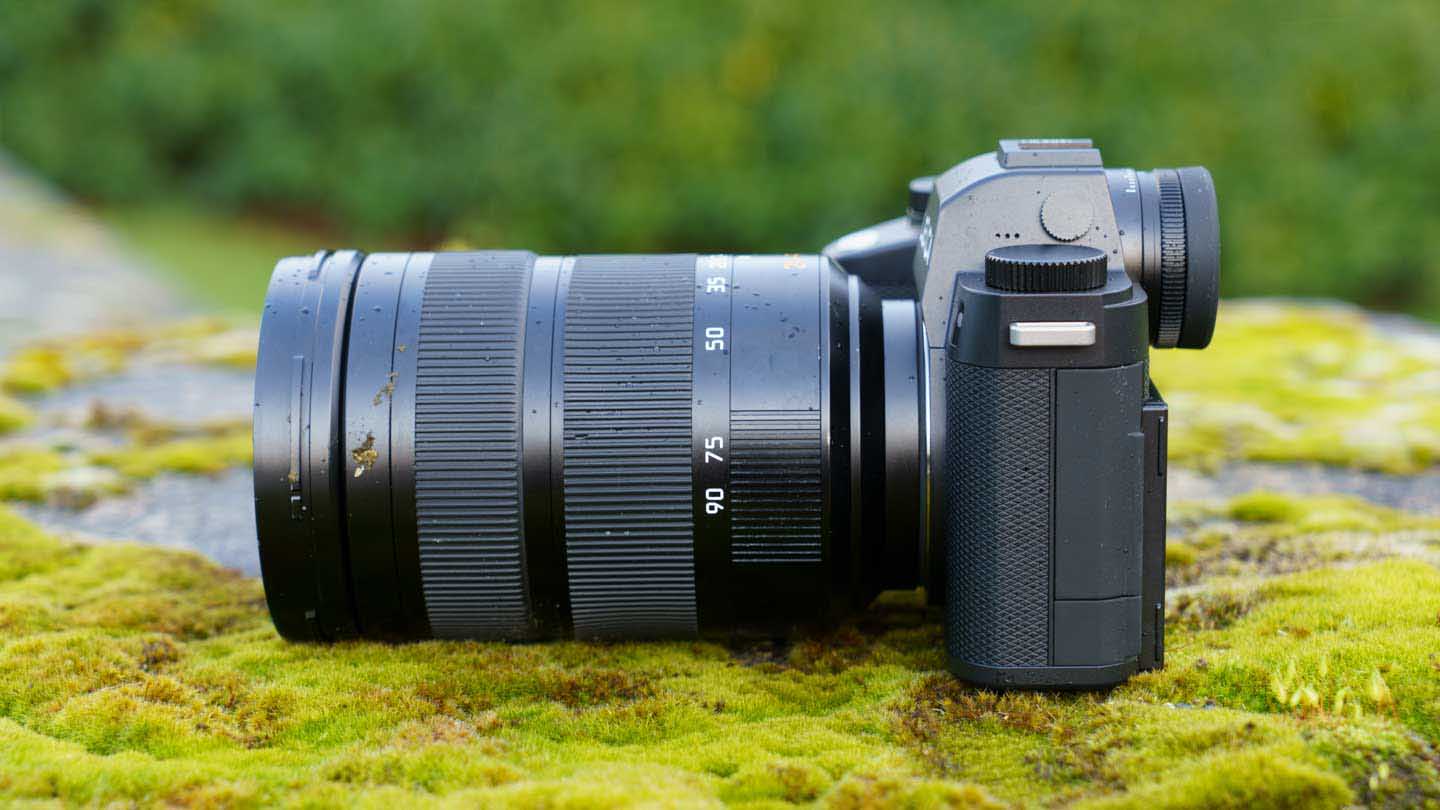
The Leica SL3 is weathersealed to IP54
Leica has built on the video features of the SL2 and the SL3 can shoot at up to 8K resolution in HEVC (.h265) and ProRes. There’s also a dedicated time code interface for easier audio-visual synchronisation.
While Leica has introduced a new BP-SCL6 battery and optional double charger for the SL3, the standard CIPA tests indicate a rather disappointing life of just 260 shots. This can be extended by shooting more images in short succession, but a spare battery or two looks to be an essential purchase.
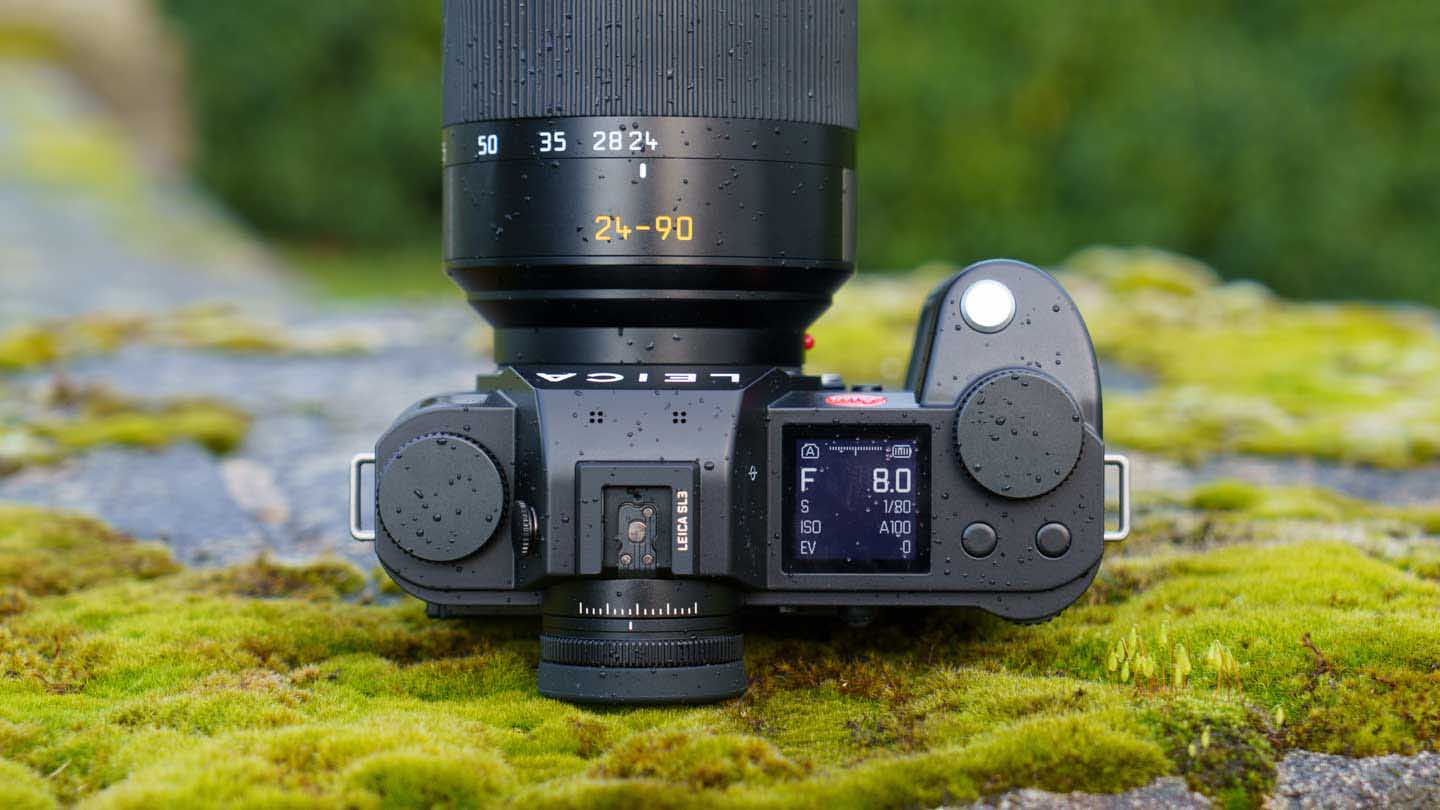
Build and Handling
Leica has to be applauded for the build, design and intuitive menu of the SL3. The camera feels great in your hands, with a deep grip giving a sense of security. At 769.7g without at battery, memory card or body cap, its also lighter than its predecessor, the Leica SL2 (840g), but it’s still quite hefty beast in comparison with some other full-frame mirrorless cameras.
The control arrangement of the SL3 is neat and uncluttered, with two large dials on the top-plate, plus a rear-facing dial at the top of the thumb-rest. This means exposure cane be adjusted quickly while the camera is held to your eye.
There are only five buttons on the back of the camera, and one of those is the power button. The three buttons to the right of the screen (Pay, FN and Menu) are refreshingly large rather than fiddly.
By default, pressing the FN button toggles through the display options, but there’s lot of customisation available. And while there’s a menu button, this can also be accessed by swiping up on the screen. Swiping left or right swaps between video and stills mode. Meanwhile, swiping down switches to review mode. It only takes a couple of minutes to get used to this speedy way of working.
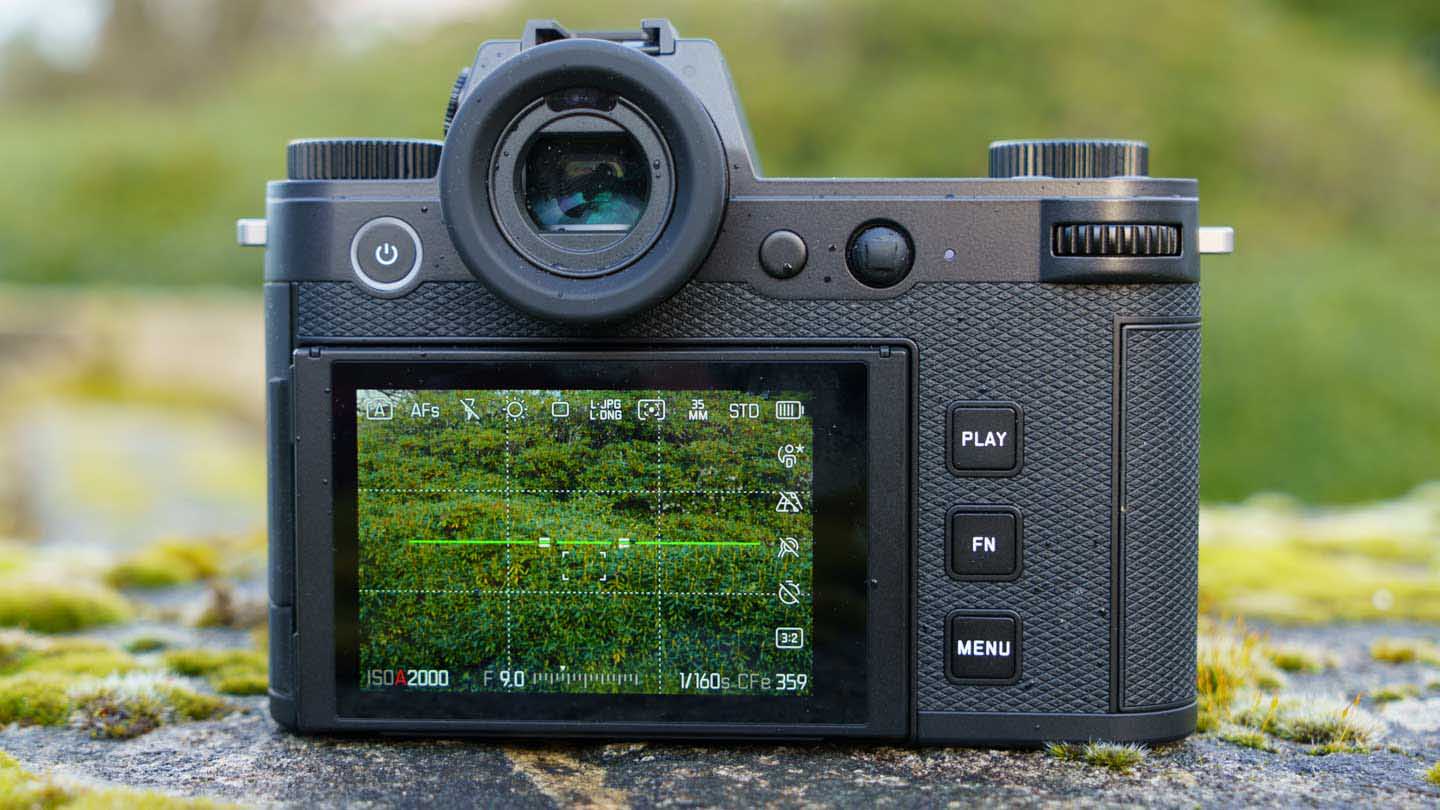
Tapping the icons along the top of the screen reveals the options available for each feature
The camera I got to use ahead of the SL3’s announcement was a beta sample with final hardware but not-final firmware, and there were a few bugs. For instance, there were a few occasions when I tapped on an icon at the top of the screen and it didn’t reveal the setting options as it should. In addition, the camera was sometimes rather slow to wake-up from the standby mode that’s activated by a sort press of the power button.
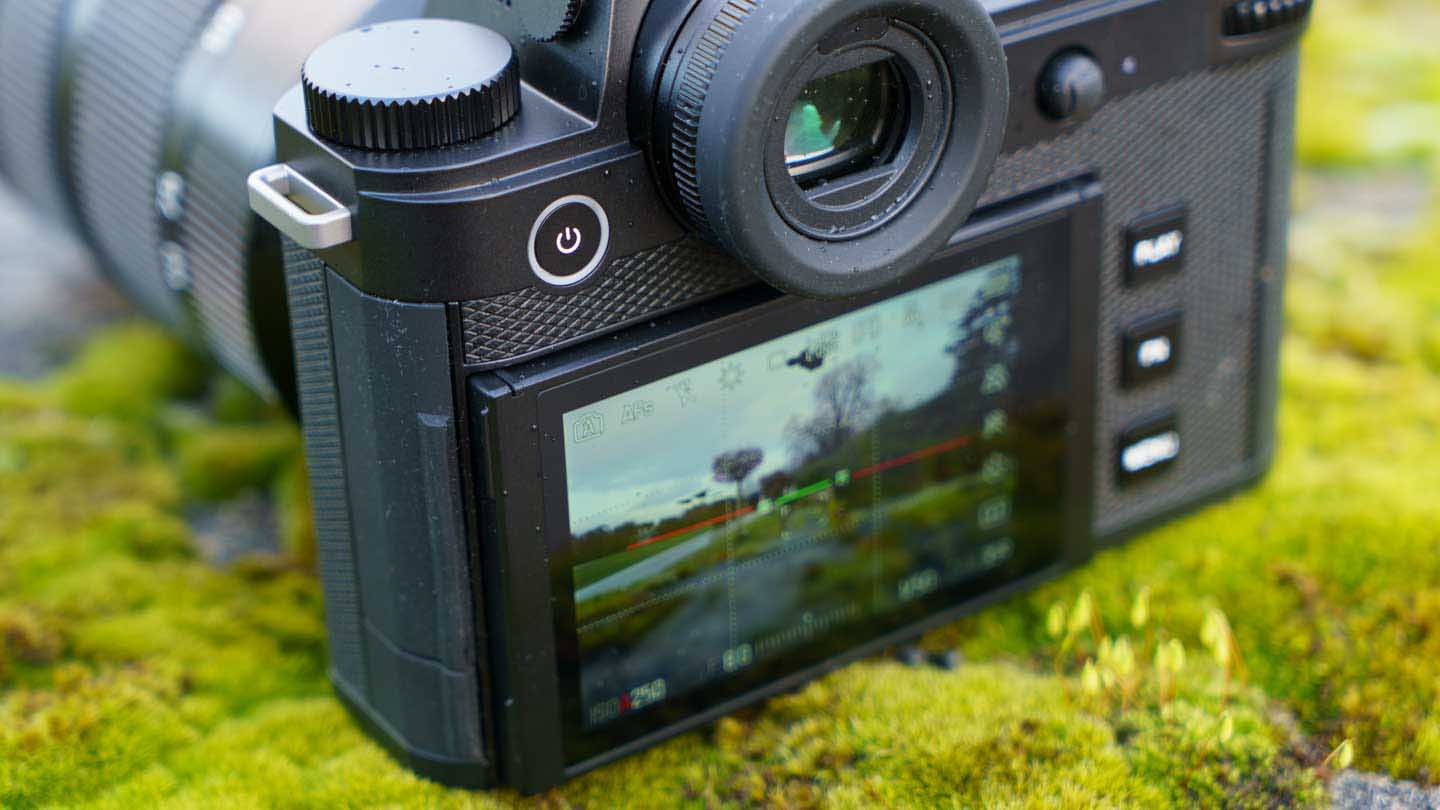
Unusually, the Leica SL3 has a power button
Viewfinder and Screen
I found the 5.76-million-dot EyeRes OLED viewfinder a real pleasure to use. Its shows plenty of detail and the preview is a good match for the captured image. It’s also good to see a tilting screen for high or low-level shooting. However, the mechanism if only of use with landscape orientation images.
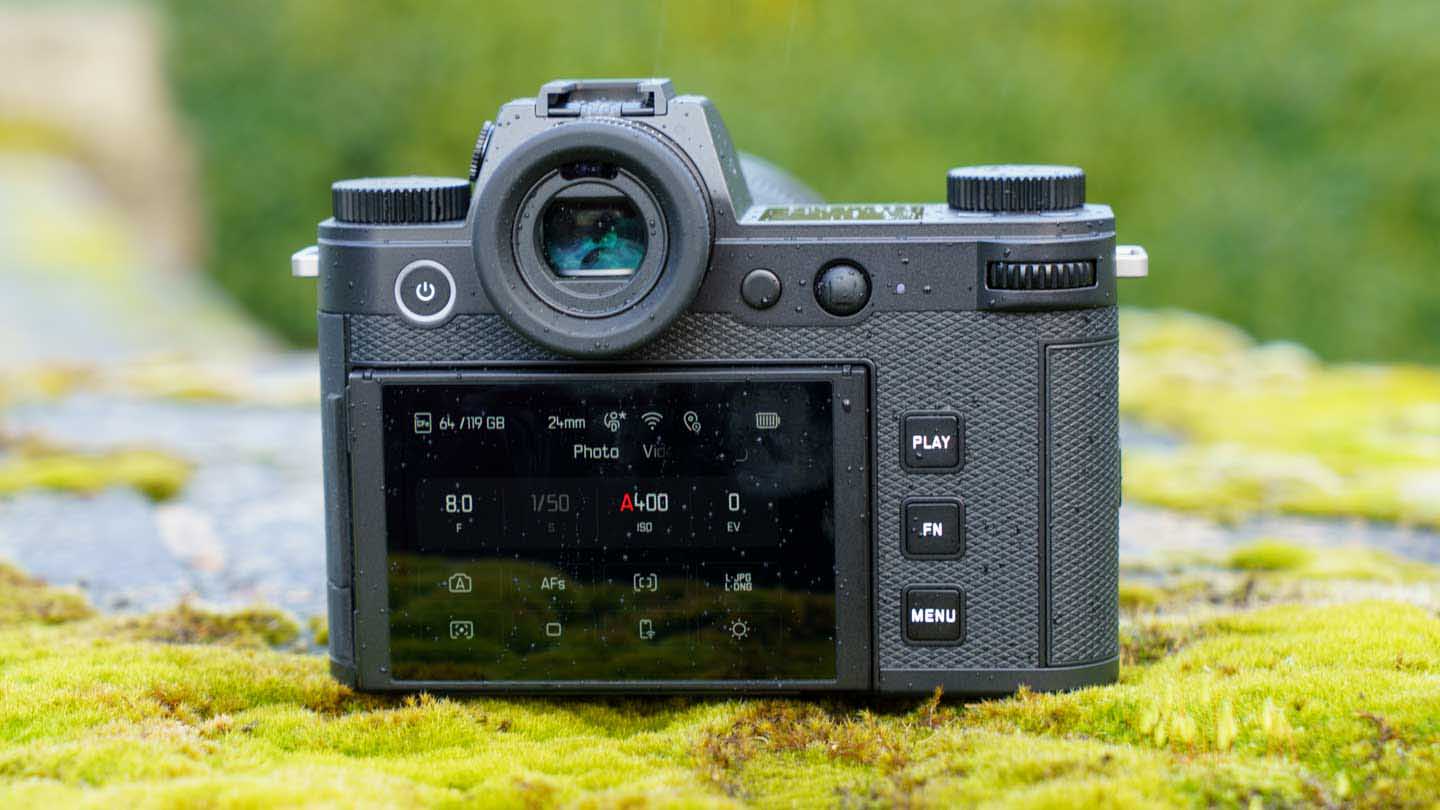
Performance
As the Leica SL3 records DNG raw files, I have been able to look at the raw and Jpeg images from the beta sample of the camera. Thanks to its 60MP sensor, the SL3 is capable of recording a high level of detail in its low ISO raw images. Some noise becomes visible in images shot at ISO 12,500 when they are viewed at 100%, but there’s still a good level of detail. Naturally, the amount of noise increases with the ISO value, and while the results at ISO 64,000 are respectable, there is some loss of detail in darker areas and I would aim to make ISO 32,000 the maximum value if possible.
Although the SL3 has a 60MP sensor, it can also shoot 36MP and 18MP raw files. That’s potentially a very useful feature as the images aren’t cropped. It’s something I’ll look at when I get a full-production sample in for final testing.
I found the Leica SL3’s autofocus system’s performance rather mixed, but this may be improved by a firmware update when the camera comes to market. It was a little more hesitant in low light than the best of its competition for example. And while the human eye detection system worked well, the animal detection, which is a beta version, was more hit and miss. When photographing birds of prey, for instance, it usually identified the bird, putting a large square around it, but it didn’t indicate that it had located the eyes. Checking my images suggests that on some occasions it did find an eye and focus on it, but on other occasions the focus was on the nearest part of the animal. There were also a few occasions when it missed the bird completely or decided to focus on the falconer. And although the camera indicated that it had detected a moving bird, either in flight or on the ground, it usually missed the focus.
Leica SL3 Sample Images
These images were shot on a sample of the Leica SL3 running on beta firmware, image quality may vary from that produced by the final firmware.

There’s significant noise at ISO 8000
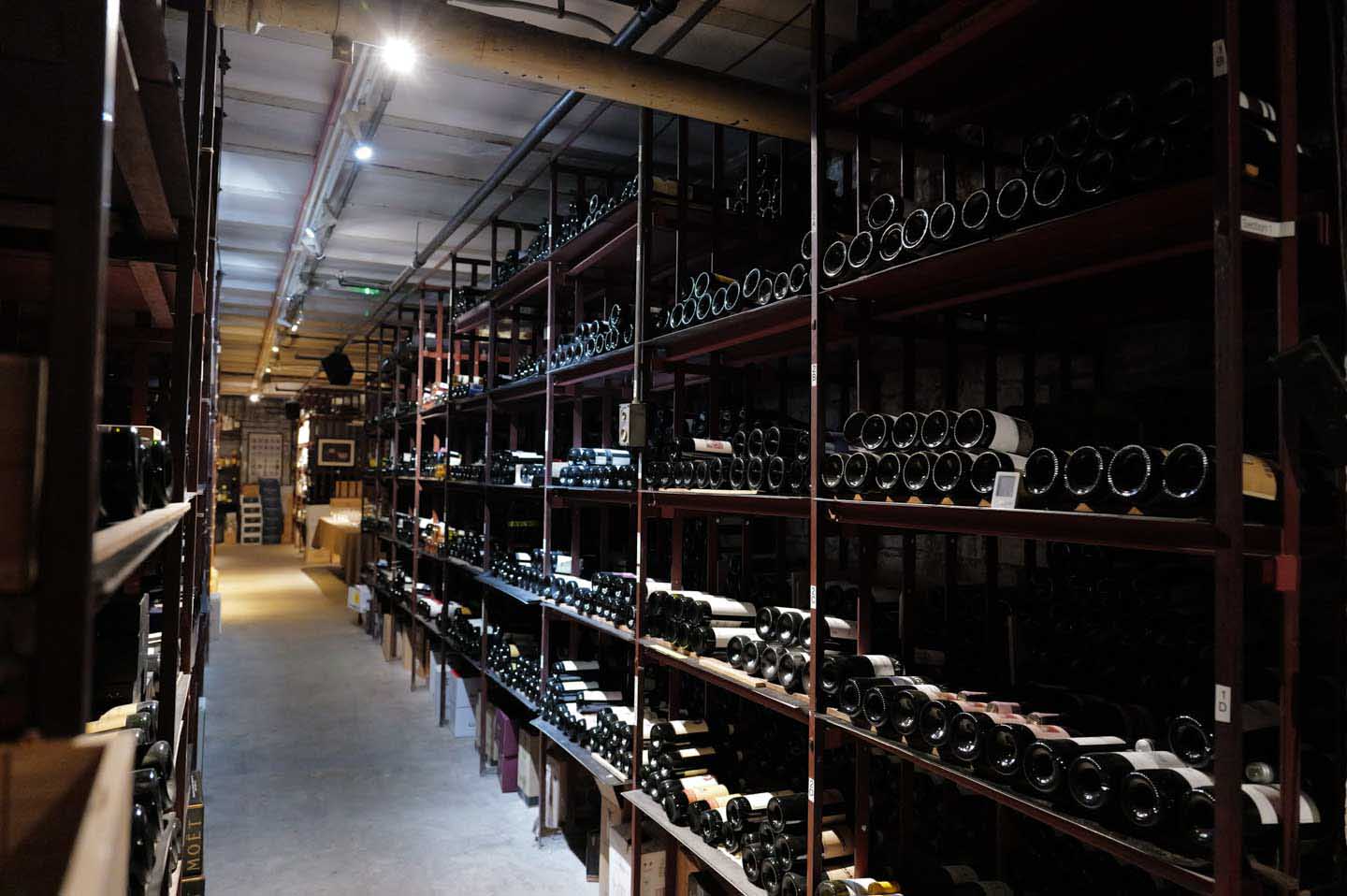
This images was shot at ISO 16000
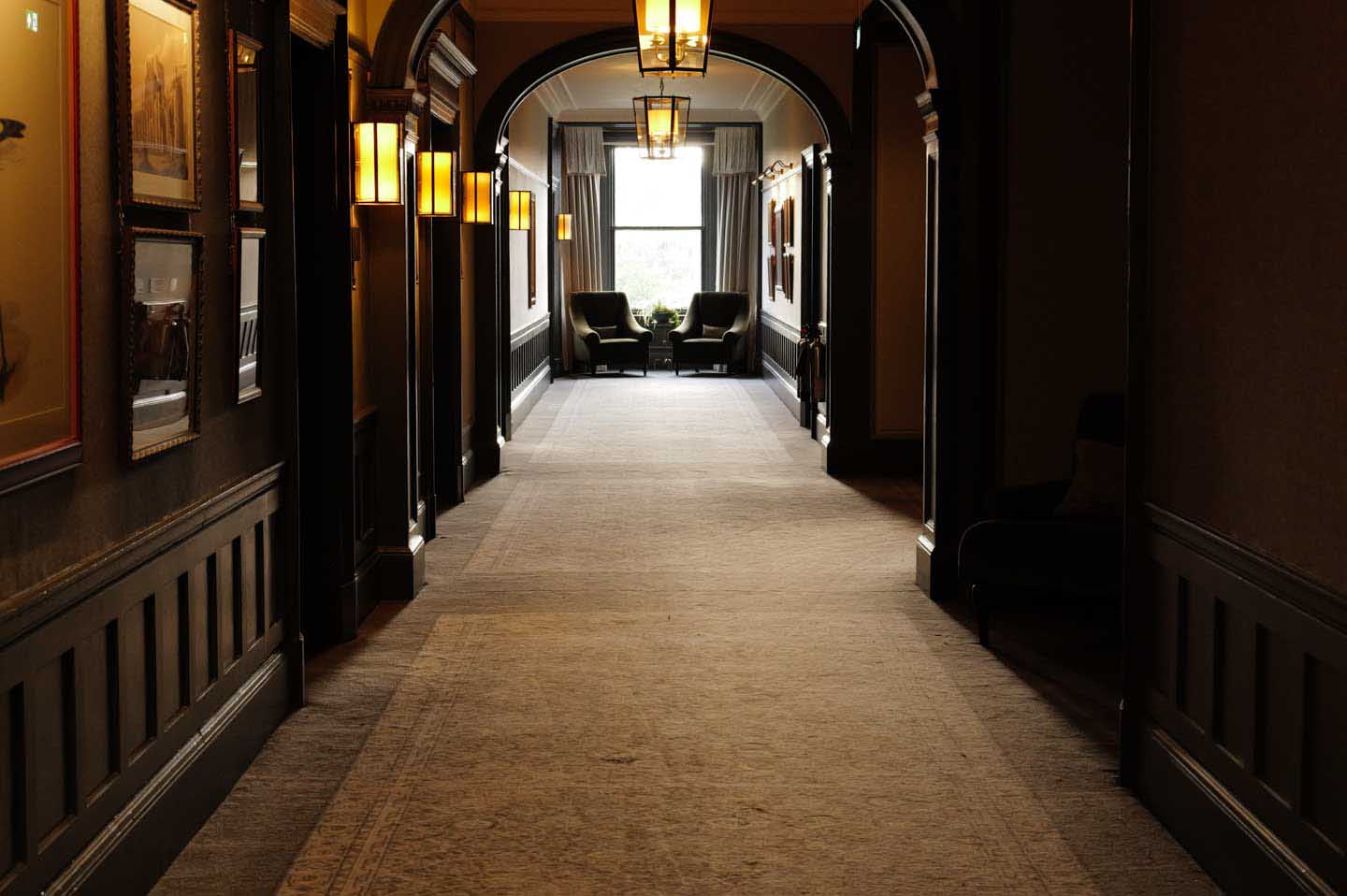
The wide dynamic range has ensured a natural-looking result here
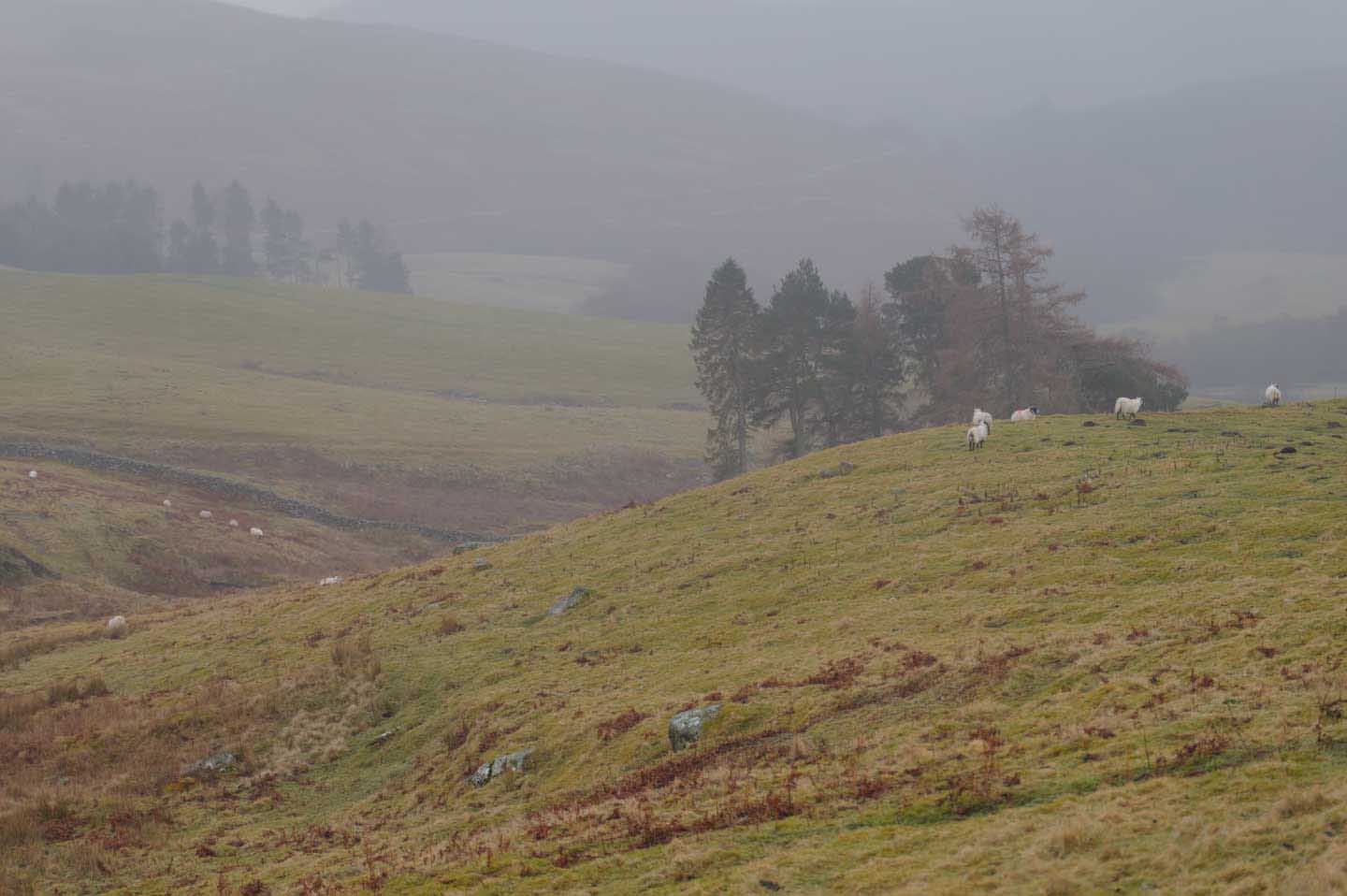
Despite the mist, the camera managed to focus on the trees

The exposure system handled this scene well. The white balance was set to Sunny.
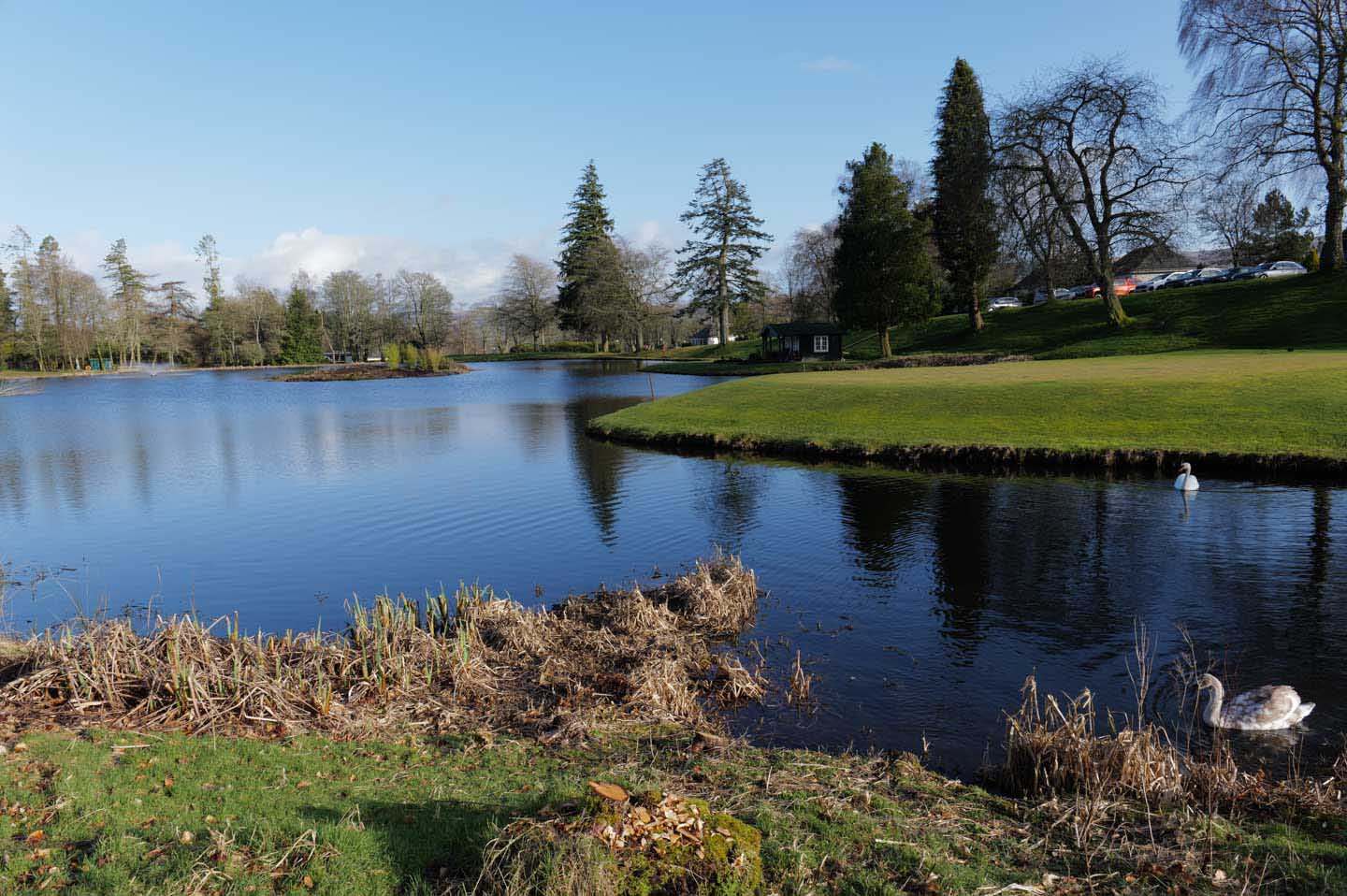
I reduced the exposure by -0.3EV to deepen the blue of the sky for this image. Consequently, the foreground would benefit from a little brightening.
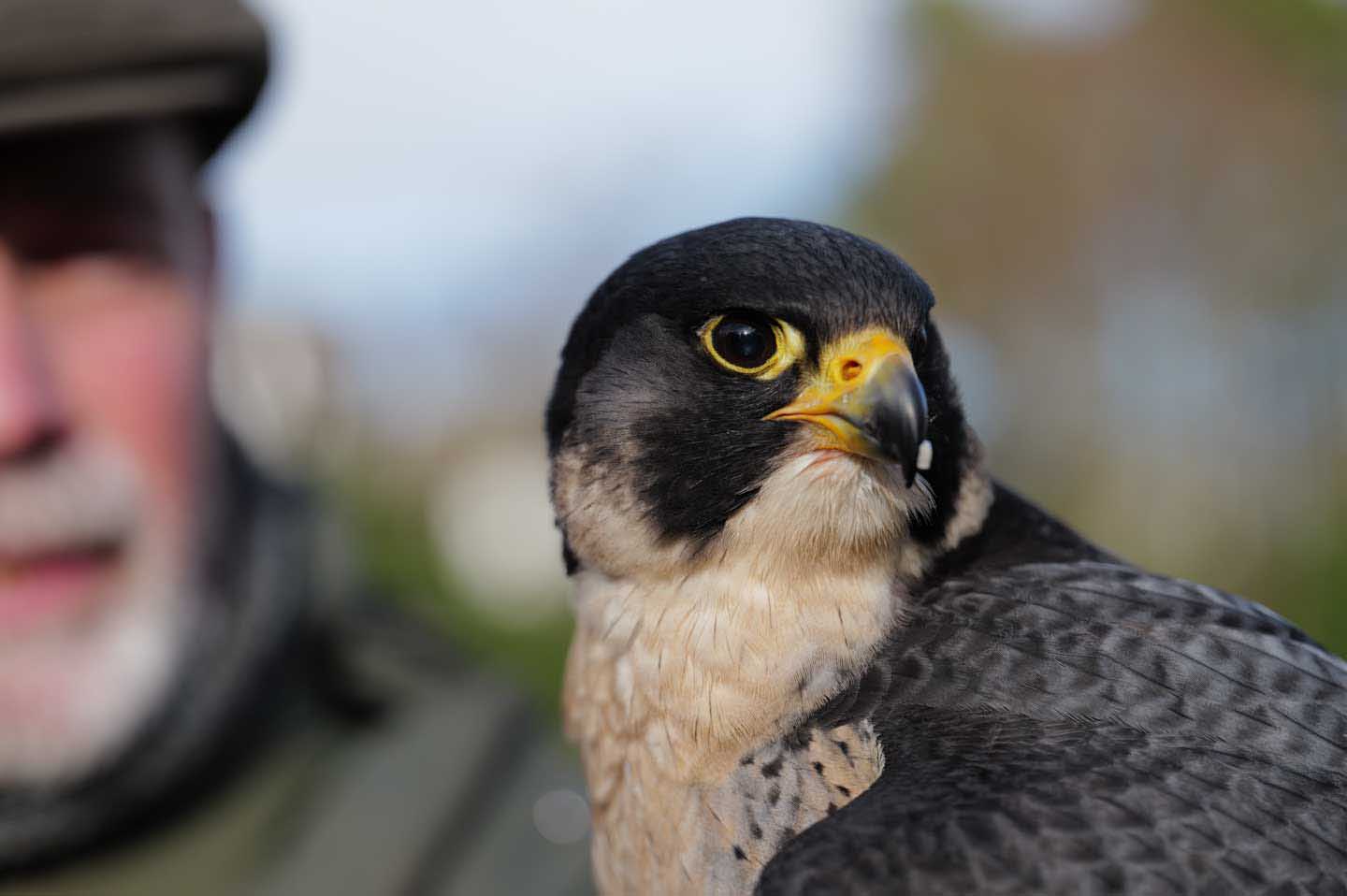
It took several attempts but the Animal Detection system detected the bird and focussed on its eye for this shot
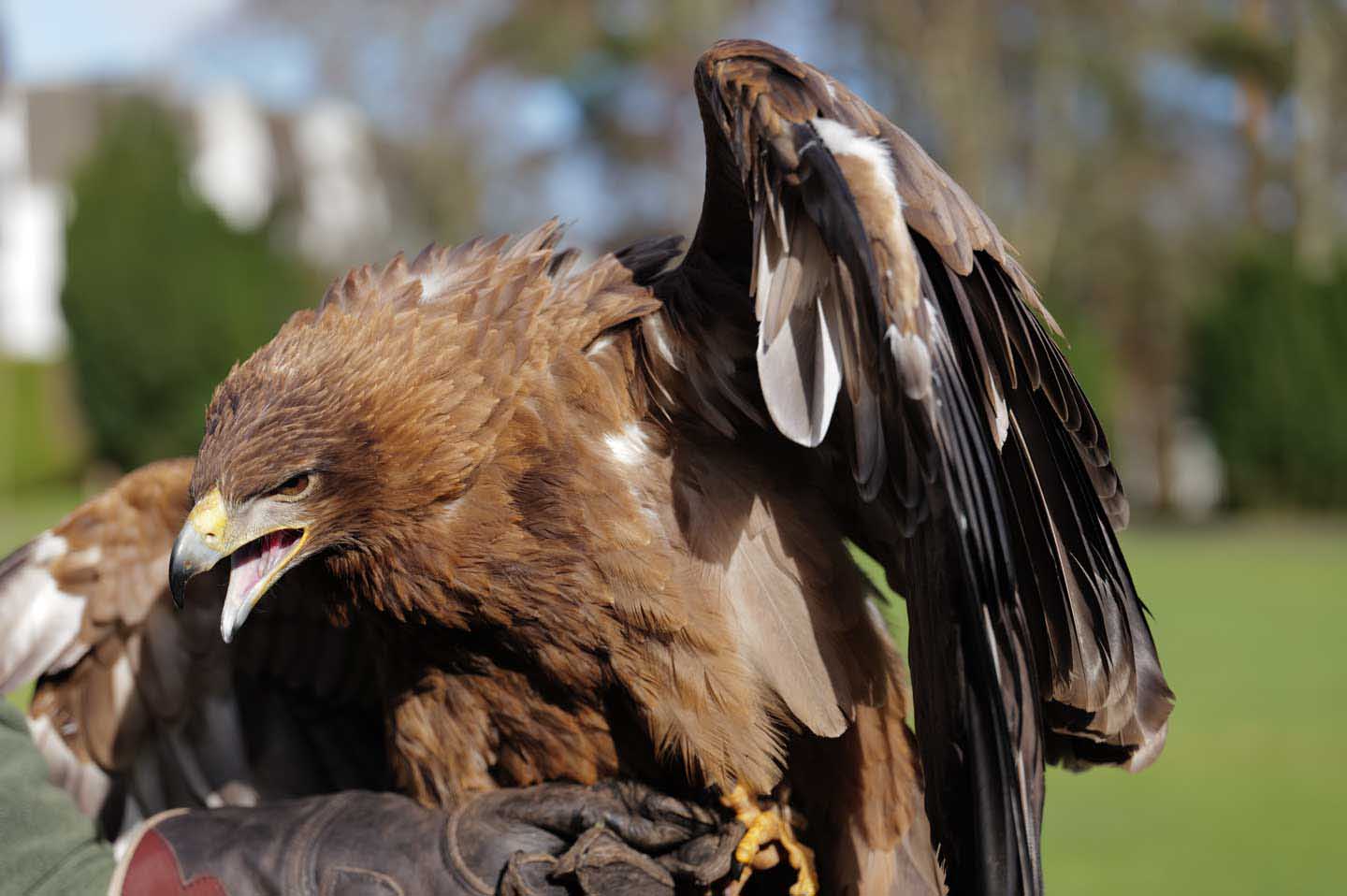
The Animal Detection system detected the bird and focussed on its eye here
Verdict
The Leica SL3 looks and feels great, plus its intuitive control arrangement doesn’t take long to get used to. It’s also capable of producing superb 60MP images, but the autofocus system needs a little work to bring it up to the standard of its competition. Hopefully, that will come in the form of a firmware update for the full-production models.

